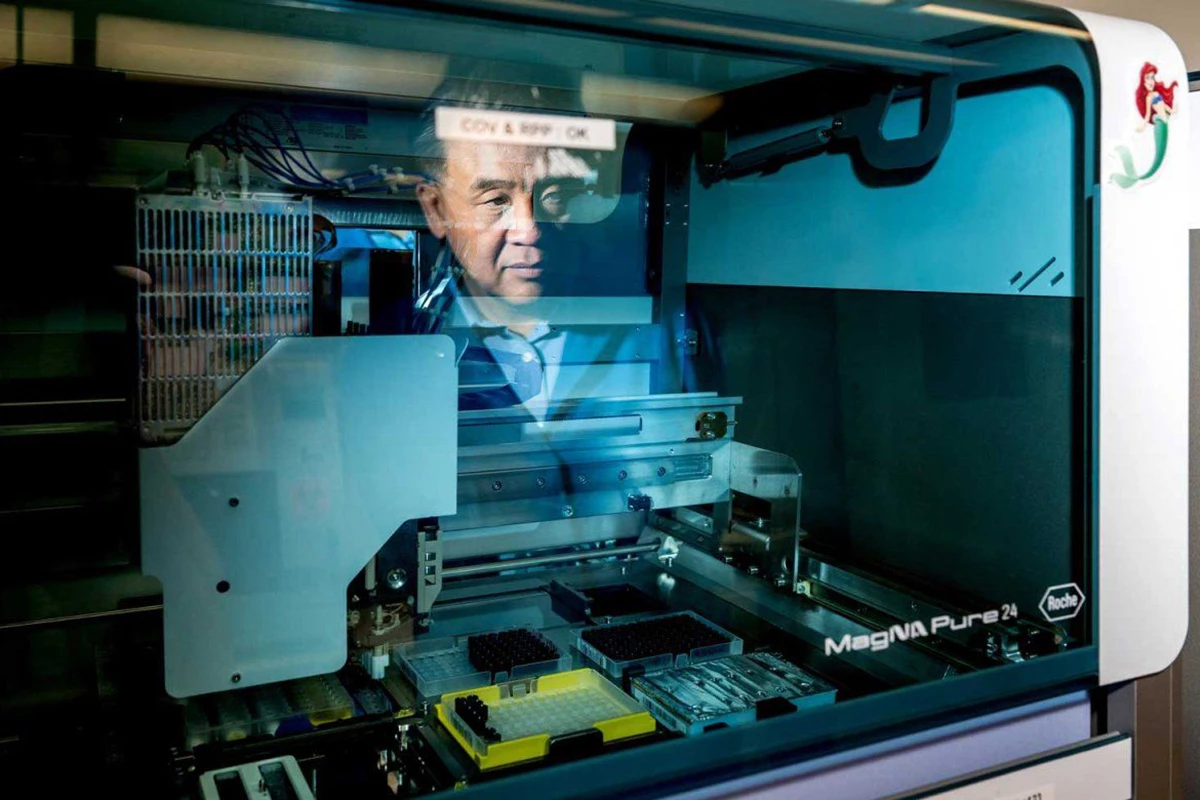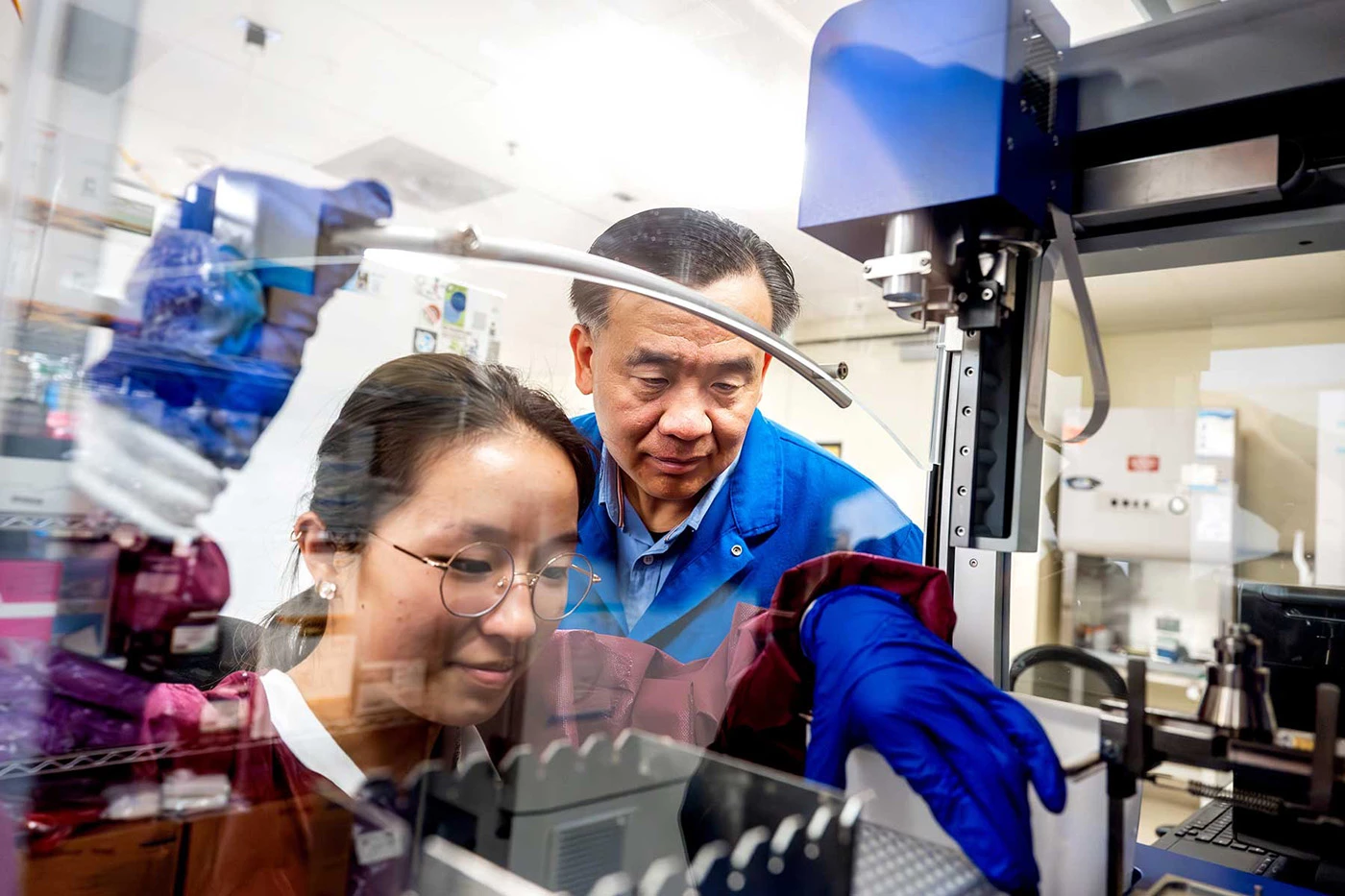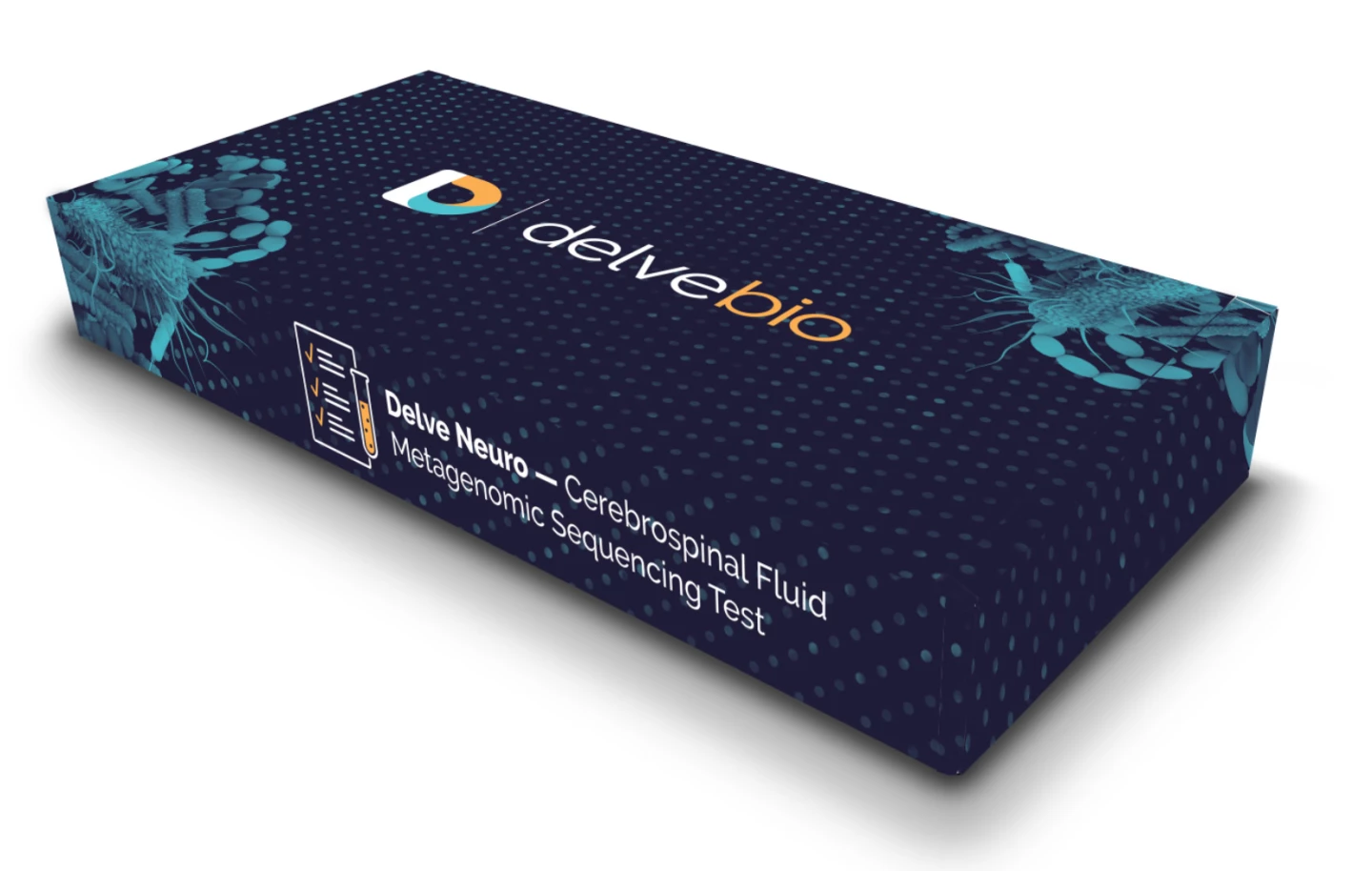Researchers at University of California San Francisco (UCSF) have developed a single genomic test that can quickly detect virtually any kind of pathogen in a patient. This allows for much quicker diagnoses, enables targeted treatment to begin sooner, and could lower healthcare costs.
The test is based on a genomic sequencing technique called Metagenomic Next-Generation Sequencing (mNGS). Rather than having a doctor observe your symptoms, guess what might be causing it, and test for that, mNGS analyzes a sample for a wide range of pathogens all at once and checks its findings against a database. It then identifies the viruses, bacteria, fungi, or parasites responsible for the patient's illness.
Over the course of 7 years, researchers led by UCSF professor Charles Chiu tested 4,828 patients' samples with its clinical mNGS method. The tests analyzed samples of cerebrospinal fluid (CSF), which is the liquid that flows around the brain and spinal cord. The team noted in its paper, published yesterday in Nature Medicine, that the mNGS test accurately identified 86% of neurological infections.

Chiu has been working on this testing method for about a decade now. He also co-founded Delve Bio, a company that makes mNGS test kits, analyzes samples, and delivers results in 48 hours.
It's particularly useful for diagnosing neurological diseases or central nervous system infections such as meningitis, which can have rare causes and cause patients' conditions to worsen quickly.

The mNGS can help doctors diagnose and start treatment of such serious conditions in a couple of days, instead of weeks. It can also prevent prolonged hospitalization and unnecessary treatments.
With the mNGS test, a patient's DNA and RNA are extracted from a CSF sample. Next, they're analyzed by processing sequences through a computational pipeline. Millions of sequences are analyzed per minute to identify the genetic signatures of potential pathogens. For reference, Delve Bio, which partners with UCSF on mNGS tests, currently uses a database of more than 68,000 pathogens.

While the mNGS tests have been successfully demonstrated to work with CSF in diagnosing central nervous system infections, this method can also be used to spot respiratory viruses with pandemic potential like SARS-CoV-2 and influenza – and that means it could help flag early signs of oncoming widespread health crises.
To that end, the researchers have figured out how to use respiratory fluid for mNGS tests and largely automate the process, cutting down processing time from 2-7 days down to 12-24 hours. This method can also detect new strains of viruses, even when only small amounts are found in a sample.
Chiu and his team are also working on adapting the mNGS test method to work with plasma and other body fluids. For now, the CSF and respiratory fluid versions of the mNGS test have received the FDA's breakthrough device designation, so they could be up for review within a matter of months.
Source: UCSF






